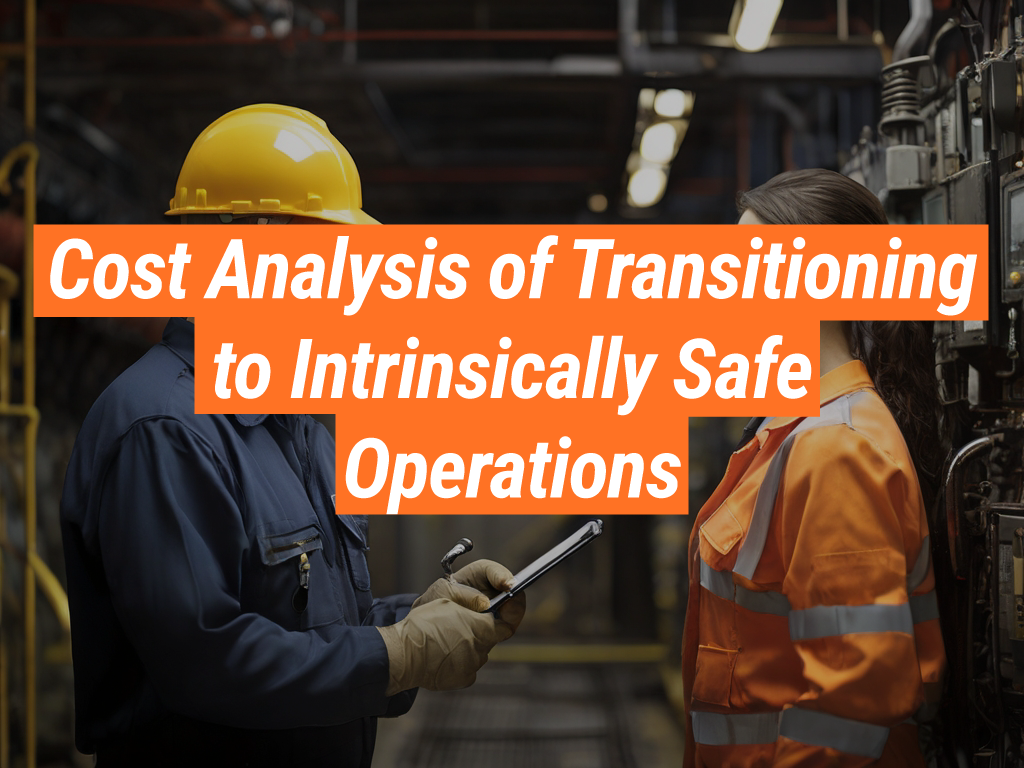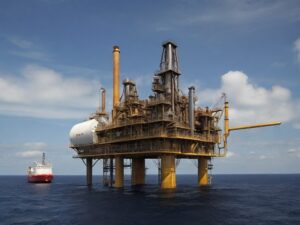As industries continue to evolve, the need for safety in operations has become paramount. One such safety measure is the adoption of intrinsically safe operations. This article, brought to you by the Intrinsically Safe Store, provides an in-depth cost analysis of transitioning to intrinsically safe operations. We invite you to visit our website to learn more about our range of intrinsically safe products and services.
Understanding Intrinsically Safe Operations
Intrinsically safe operations refer to the use of equipment and wiring that is incapable of releasing sufficient electrical or thermal energy to ignite hazardous atmospheric mixtures. This safety measure is particularly crucial in industries such as oil and gas, mining, and chemical processing, where the risk of explosions is high.
Cost Implications of Transitioning to Intrinsically Safe Operations
Transitioning to intrinsically safe operations involves various cost implications. These include the initial investment in intrinsically safe equipment, training costs, maintenance costs, and potential savings from reduced accidents and improved efficiency.
Initial Investment
The initial investment in intrinsically safe equipment can be substantial. However, it’s essential to consider the long-term benefits of this investment, such as improved safety and reduced risk of costly accidents.
Training Costs
Employees need to be trained on how to use the new equipment safely and effectively. While this involves an additional cost, it is a crucial step in ensuring the successful implementation of intrinsically safe operations.
Maintenance Costs
Like any other equipment, intrinsically safe equipment requires regular maintenance. However, due to their design, these devices often have lower maintenance costs compared to standard equipment.
Potential Savings
While transitioning to intrinsically safe operations involves costs, it also offers potential savings. These savings can come from reduced accidents, lower insurance premiums, and improved operational efficiency.
Case Study: Oil and Gas Industry
A study conducted in the oil and gas industry revealed that companies that transitioned to intrinsically safe operations reported a significant reduction in accidents. This led to lower insurance premiums and improved operational efficiency, resulting in substantial cost savings in the long run.
Transitioning to intrinsically safe operations involves an initial investment, training costs, and maintenance costs. However, the potential savings from reduced accidents and improved efficiency can outweigh these costs. Therefore, it’s crucial for companies to conduct a thorough cost analysis before making the transition. For more information on intrinsically safe operations and products, contact us at the Intrinsically Safe Store.



